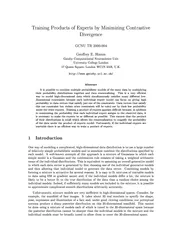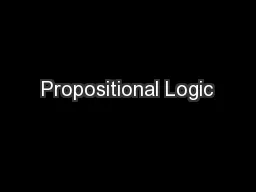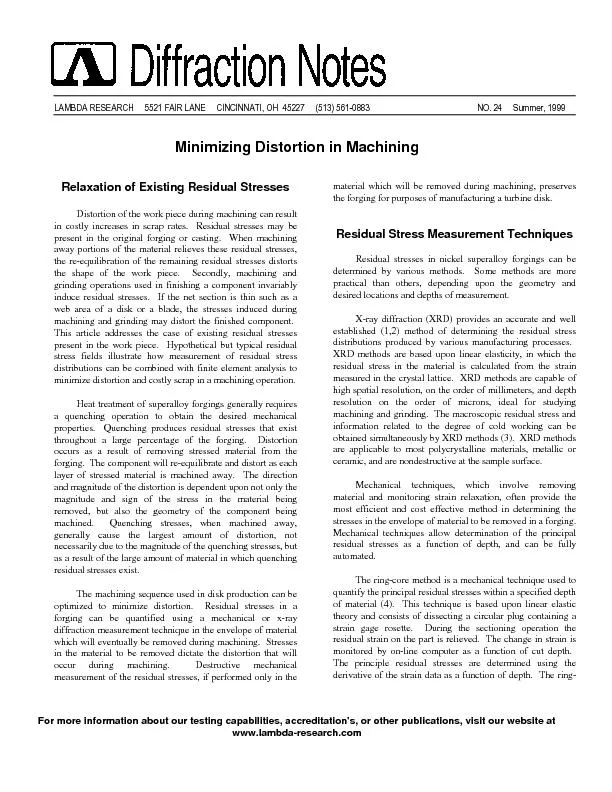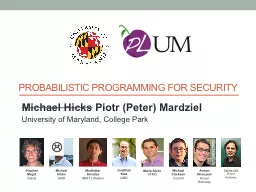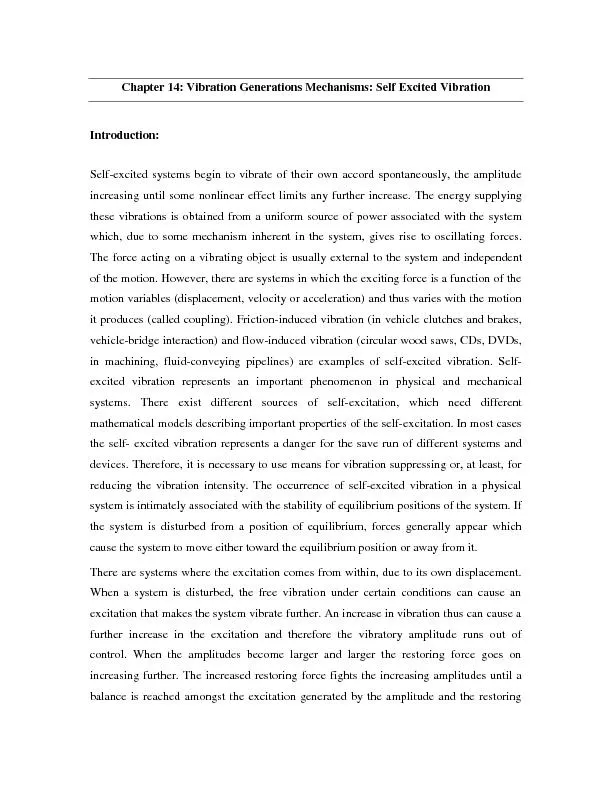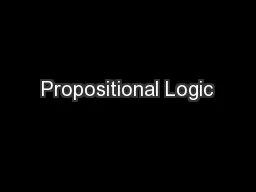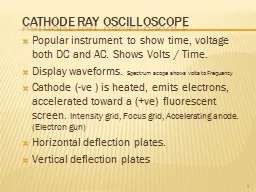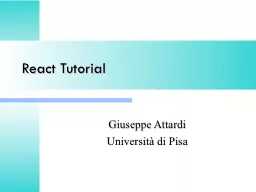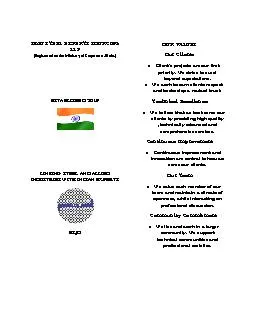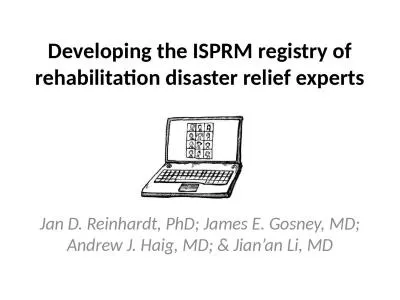PDF-raining Products of Experts Minimizing Con trastiv Div
Author : mitsue-stanley | Published Date : 2015-06-15
Hin ton Gatsb y Computational Neuroscience Unit Univ ersit y College London 17 Queen Square London W C1N 3AR UK httpwwwgatsby u cl ac uk Abstract It is p ossible
Presentation Embed Code
Download Presentation
Download Presentation The PPT/PDF document "raining Products of Experts Minimizing C..." is the property of its rightful owner. Permission is granted to download and print the materials on this website for personal, non-commercial use only, and to display it on your personal computer provided you do not modify the materials and that you retain all copyright notices contained in the materials. By downloading content from our website, you accept the terms of this agreement.
raining Products of Experts Minimizing Con trastiv Div: Transcript
Download Rules Of Document
"raining Products of Experts Minimizing Con trastiv Div"The content belongs to its owner. You may download and print it for personal use, without modification, and keep all copyright notices. By downloading, you agree to these terms.
Related Documents

